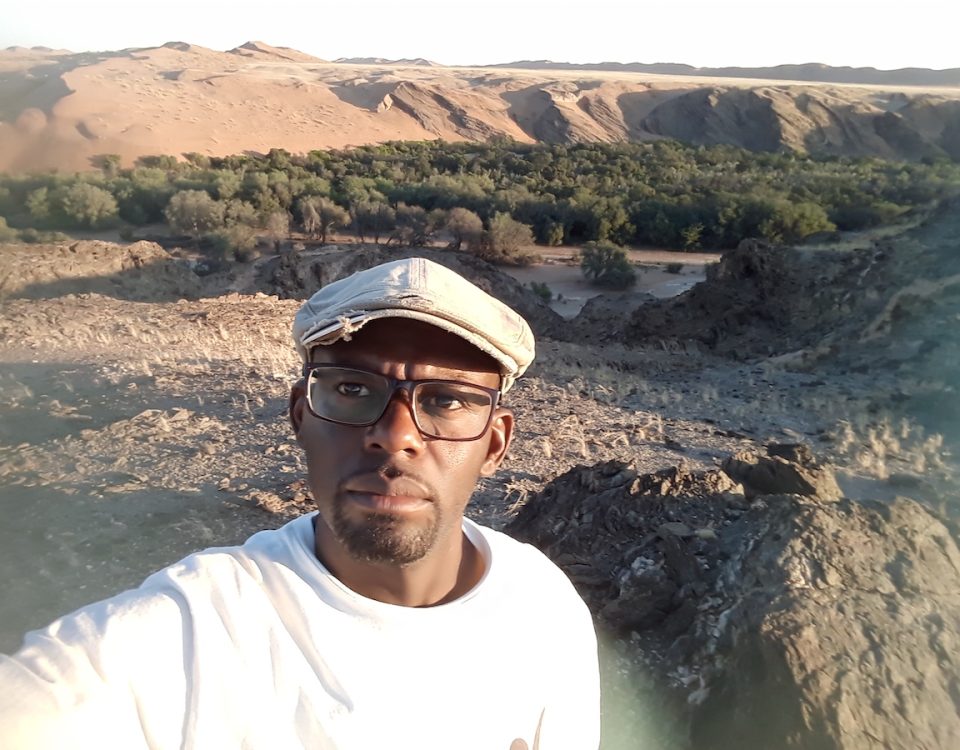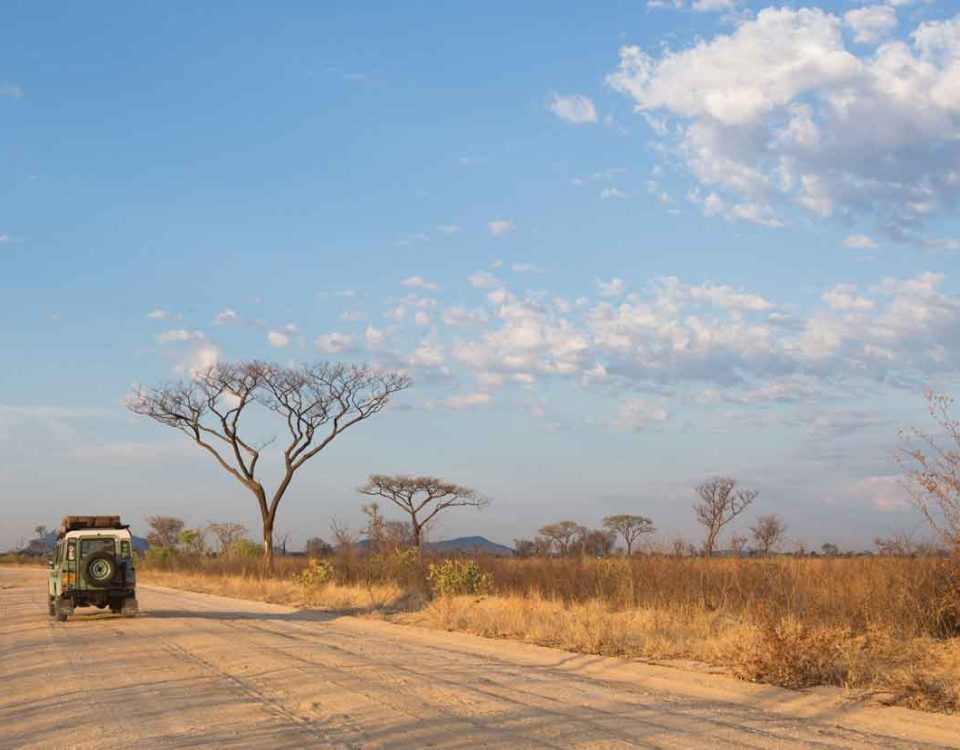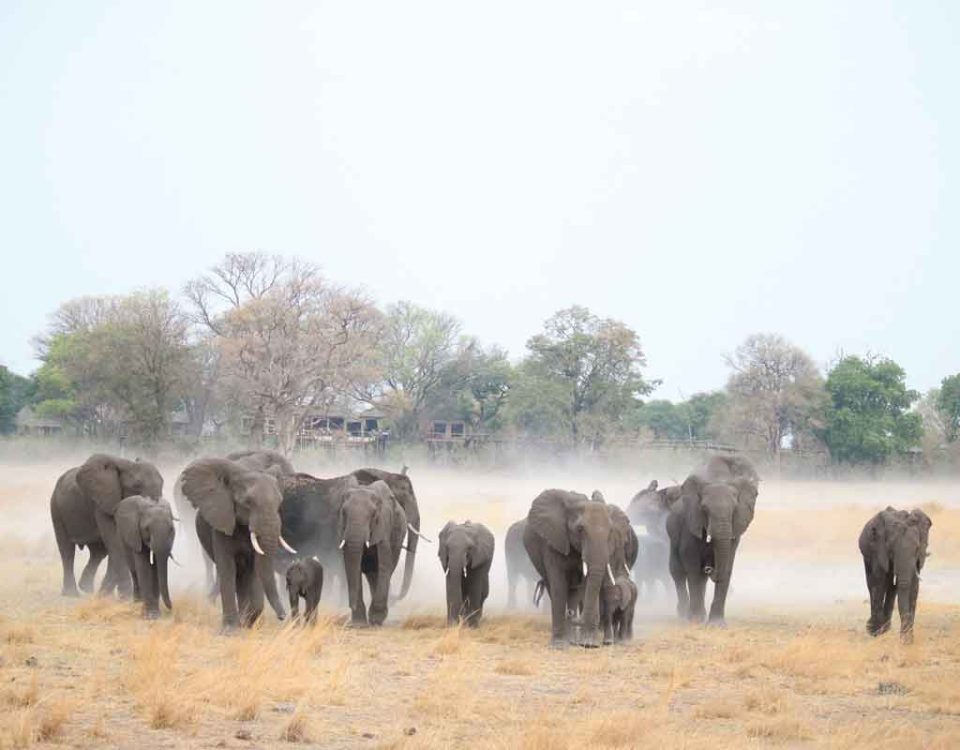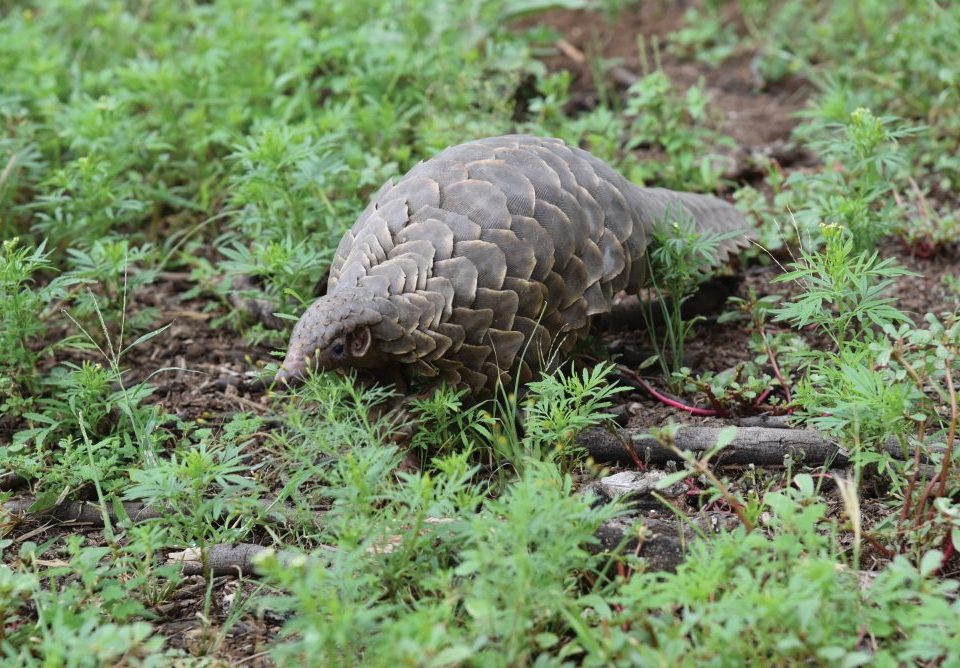[vc_row][vc_column][vc_column_text]
News Adventure Birding Books Culture Destinations Flora Photography Seasons Things to Do
[/vc_column_text]
August 6, 2019
Jermain Ketji is a Namibian who spent his early years outdoors as a goat herder, where his love of nature first began. Today Ketji is the Community Engagement Manager for Wilderness Safaris. He has been in community-based conservation and tourism for over twelve years, starting as a research assistant doing work in the Okavango and Caprivi regions of Namibia to piloting agricultural tourism concepts in the Omaheke Region.
August 5, 2019
Etosha National Park, the jewel in the crown of Namibia, is the country’s most visited and popular tourism destination. After months of bad reports on the current condition of the roads in the park, several companies and private individuals have joined forces to help the government with the daunting task it is faced with – the maintenance of Etosha’s road infrastructure. Severe droughts in the region have meant a shortage of operational funds. In August 2019, FNB Namibia stepped forward to help with the much-needed road upgrades.
June 27, 2019
Professor Bothma recently gave a fascinating insight into the ecology and behaviour of the leopard when he gave a presentation at the Namibia Scientific Society in Windhoek.
June 21, 2019
There's a lot more to giraffes than you know. We want to share a few fun facts about these enigmatic animals in honour of World Giraffe Day.
April 30, 2019
[vc_row][vc_column][vc_column_text] Text and Photographs Annabelle Venter [/vc_column_text][/vc_column][/vc_row][vc_row][vc_column][vc_column_text] We wake early and it’s still dark on the banks of the Okavango River. The young Pel’s Fishing Owl is […]
April 24, 2019
[vc_row][vc_column][vc_column_text] by African Monarch Lodges [/vc_column_text][/vc_column][/vc_row][vc_row][vc_column width=”1/4″][vc_single_image image=”57895″ img_size=”full”][/vc_column][vc_column width=”1/4″][vc_single_image image=”57898″ img_size=”full”][/vc_column][vc_column width=”1/4″][vc_single_image image=”57896″ img_size=”full”][/vc_column][vc_column width=”1/4″][vc_single_image image=”57897″ img_size=”full”][/vc_column][/vc_row][vc_row][vc_column width=”1/2″][vc_column_text] African Monarch Lodges, home to Nambwa Tented […]
April 3, 2019
[vc_row][vc_column][vc_column_text] By Willie Olivier [/vc_column_text][/vc_column][/vc_row][vc_row][vc_column][vc_column_text]The range of the fastest land animal, the cheetah, has been reduced to just 9% of its historical range over Africa. With […]
March 29, 2019
Save the Rhino Trust Namibia operates in the harsh northwestern corner of Namibia, protecting the world’s last population of free-roaming black rhinos. Their range covers over […]
March 28, 2019
Wildlife Credits creates even more incentive for rural farmers to take part in conservation efforts. By providing performance payments to communities based on the abundance of wildlife in their area, the program creates a direct correlation between economic empowerment and conservation success.
March 5, 2019
What does it take to save the rhino? The list is long - tracking teams, vehicles, food, uniforms, binoculars, support staff and supporters, among many other things. But the most essential element needed to save the rhino is passion.
March 1, 2019
By Willie Olivier The fate of the remaining 73 wild horses of the southern Namib is an emotional issue. So it came as no surprise […]
February 20, 2019
Salvadora persica, which goes by many common names such as miswak and arak in Arabia, or the mustard bush or toothbrush tree because its twigs can be used as a natural toothbrush.
February 15, 2019
Photographs Jo Tagg Pangolins certainly are not the most glamorous animals, yet they are the most trafficked. In Namibia, the fight against trafficking has become […]
January 22, 2019
Book Review: Conservation Pioneers in Namibia and Other Stories by Game Rangers, by Peter Bridgeford
The new book by Peter Bridgeford Reviewed by Willie Olivier If ever there was a compelling and insightful read it’s well-known conservationist Peter Bridgeford’s latest book, Conservation […]
December 22, 2018
Press Release – 21 December 2018 ≠KHOADI-//HÔAS RECEIVES GLOBAL FIRST SUSTAINABLE TOURISM AWARD FOR NAMIBIA In a global first for Namibia, ≠Khoadi-//Hôas Conservancy in the […]













